#c. 1890 - c. 1910
Explore tagged Tumblr posts
Photo

Émile Vernon (1872-1920), young woman with daisies - detail
#emile vernon#era: 1800s#1890s#1900s#1910s#floral#spring#daisies#art details#paintings#2d art#oil paintings#hands#th: c#th: all
60 notes
·
View notes
Text
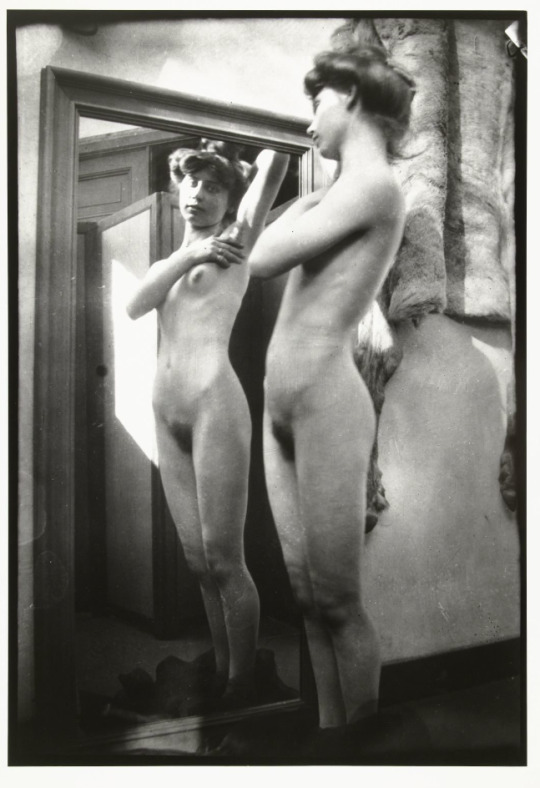
George Hendrik Breitner, c. 1890 - c. 1910
24 notes
·
View notes
Text
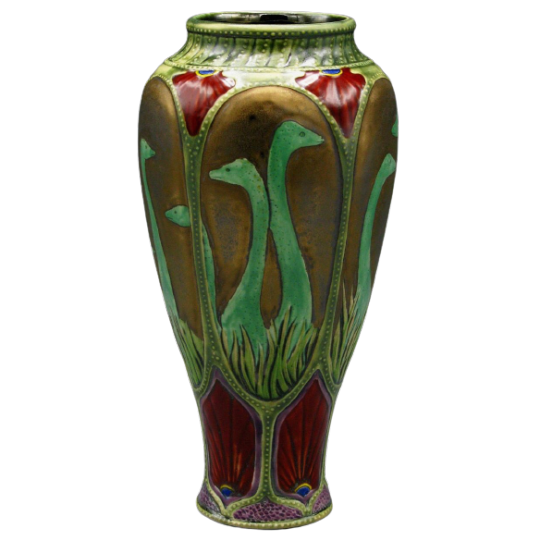
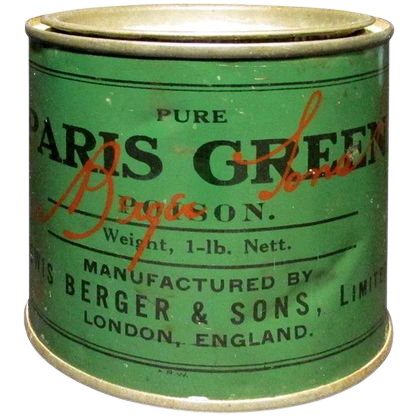
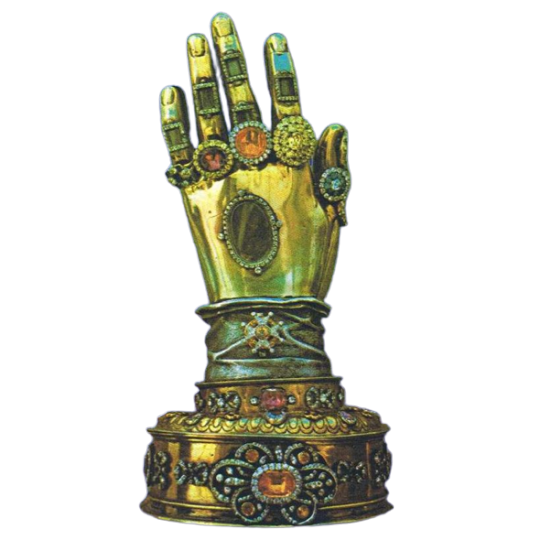
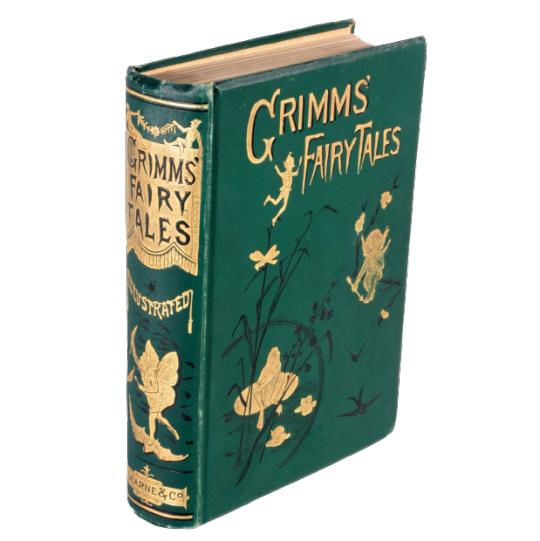
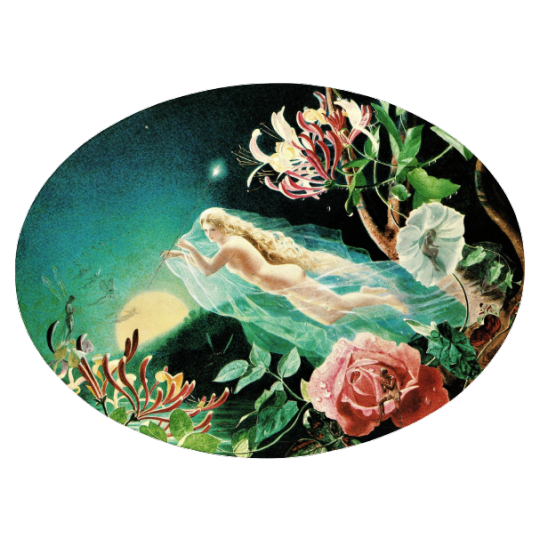
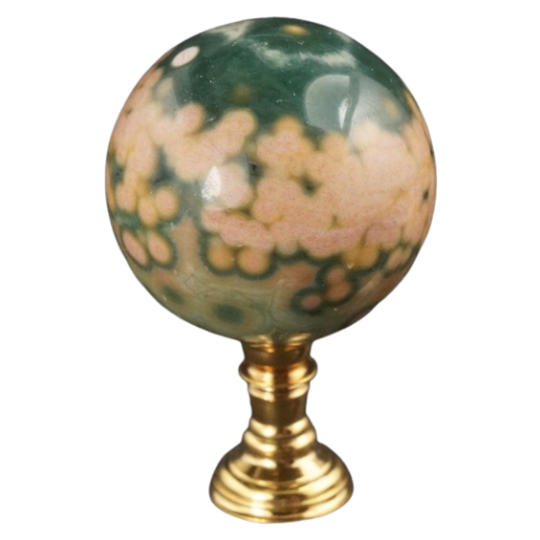
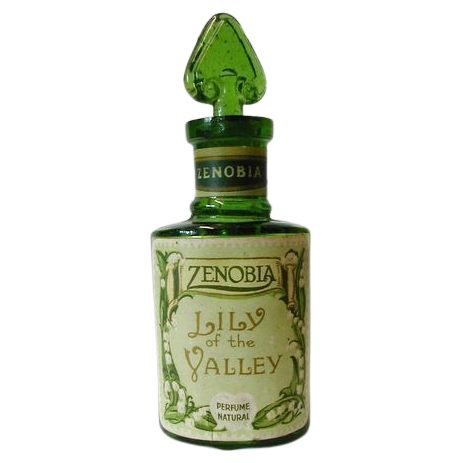
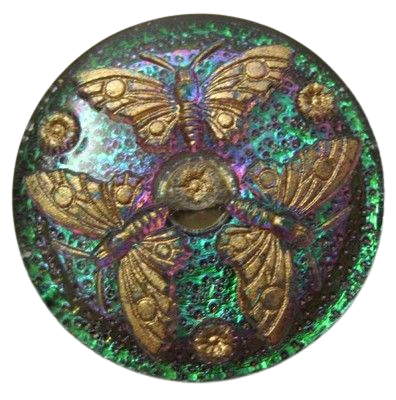
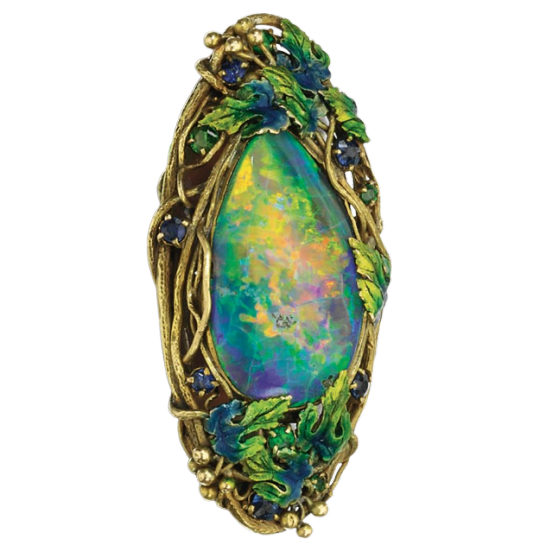

Random PNGs, part 175.
(1. Brontosaurus vase by Stephanie Young, 2. Paint with arsenic, 3. Reliquary hand of Saint Teresa de Jesús, 4. Grimm’s Fairy Tales c. 1890, 5. "Titania Flying" by John Simmons c. 1866, 6. Ocean Jasper sphere, 7. Vintage perfume, 8. Vintage Czech glass button, 9. Tiffany brooch from c. 1910, 10. Dragon puppet by Richard Teschner in 1928)
2K notes
·
View notes
Text

rug (third-phase chief blanket style), tapestry weave of cotton and wool, native north american, navajo, c. 1890–1910.
276 notes
·
View notes
Text

Joseph Apoux (1846–1910) - Le Punch, c. 1890s
from 'Rêveries Fantastiques' series
#joseph apoux#le punch#rêveries fantastiques#19th century art#19th century#symbolism#art#illustration#etching#decadent movement
490 notes
·
View notes
Text

Pendant Brooch
c. 1890-1910
Pink tourmaline, diamonds, gold, platinum
America
Cleveland Museum of Art
#pendant#brooch#vintage jewelry#vintage jewellery#antique jewelry#antique jewellery#pink tourmaline#diamonds#frostedmagnolias
896 notes
·
View notes
Text
All Saints' Church Falling Into the Sea
A visual progression:
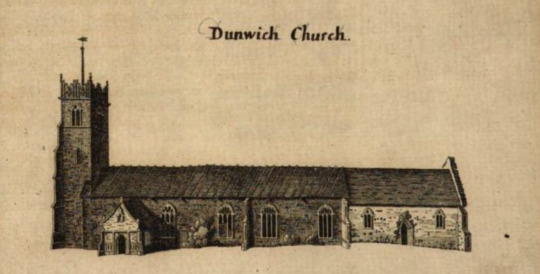
An Historical Account of Dunwich, Thomas Gardner, 1754
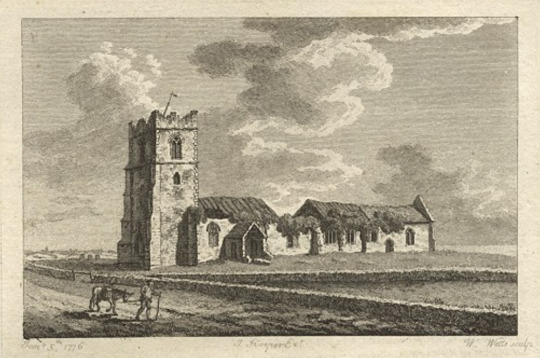
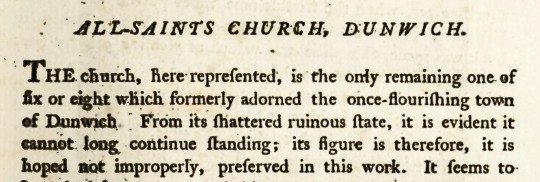
Antiquities of England and Wales, Francis Grose, 1786

A Topographical and Historical Description of the County of Suffolk, John Kirby, 1829
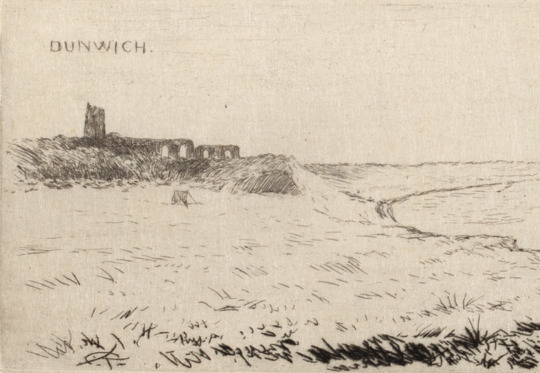
Coast Scene Near Dunwich, Charles Keene, 1855-70
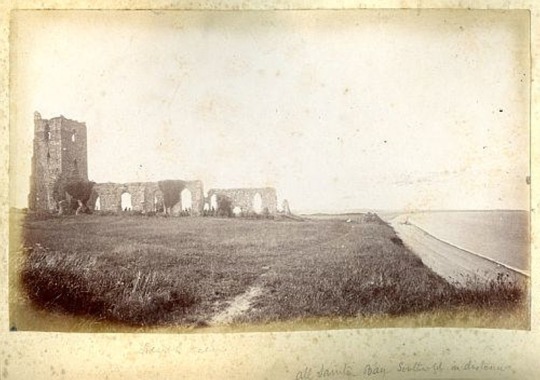
All Saints Church, 1890
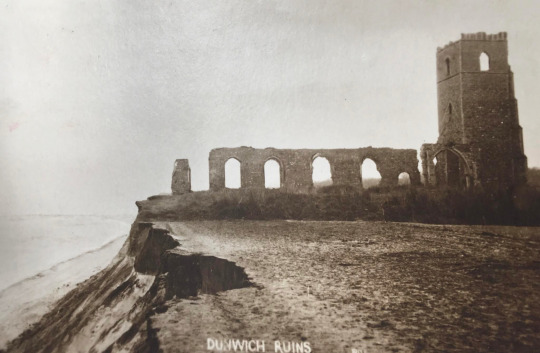

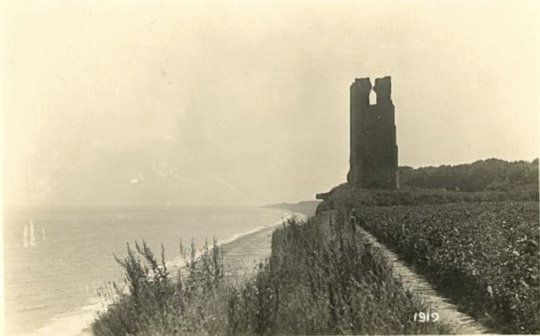
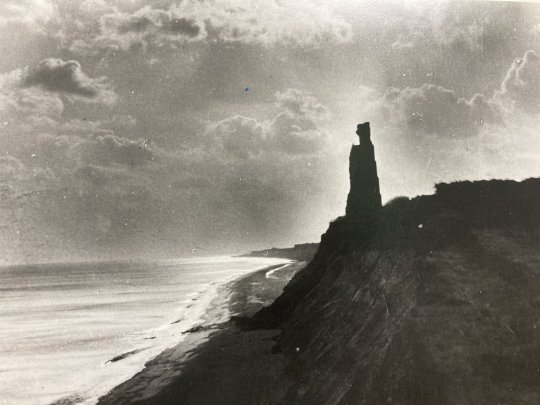
All Saints Church c. 1910, 1914, 1919, 1919-20
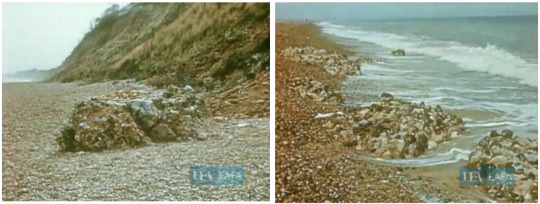
All Saints Church in 1959, 1970 (film sources)
801 notes
·
View notes
Text















A few favorite Dramione time travel & time loop stories
Things Without Remedy by onebedtorulethemall [E, 156k, 2023] It’s been twelve years since the war ended. Ten years since Draco Malfoy was forced from the depths of his depression by a mother and friends who refused to let him die in peace. Six years since he became an Auror for all the wrong reasons. And for the next month, he's been assigned to protect Hermione Granger as she completes her latest invention: a new type of time travel. You can’t change what happened, she told him. There could be catastrophic effects, cascading like ripples in a pond. So when they find themselves at the centre of a dark conspiracy that leaves them trapped in a past he’s been running from his whole life, they need to find a way home without unravelling their future.
Art: The Buildings of the Asiatic Company, Vilhelm Hammershøi, 1902
Where the Broken Ends Meet by TheCorrosivePen [M, 103k, 2020]
In which Tom Riddle is a charming, manipulative mastermind, Draco Malfoy's hands are soaked in blood and Hermione Granger can't remember a life beyond suffering. Or the Time Turner fix-it attempt that goes horribly awry. With all hope lost, Hermione turns to desperate measures to rid the world of Voldemort and his crimes, but she doesn't count on a Death Eater hitching a ride to the past or her target being quite so alluring.
Art: Georgia O'Keeffe—Hands and Horse Skull, Alfred Stieglitz, 1931
Past/Present/Future by neilistic [E, 154k, 2024]
After a very bad week in which Crookshanks died and Ron left her via four words on a scrap of parchment, 30-year-old Hermione is forced to take a week's holiday from her job. Unfortunately, it becomes clear her work was the last thing keeping her sane. When she finds out Harry is investigating the unexplained disappearance of Draco Malfoy, now an Unspeakable in the Department of Mysteries, she finally has a problem to solve. The case sucks her in in more ways than one, and she finds herself tangling with a very powerful magical object, as well as Draco's weird and wonderful subconscious. tl;dr Hermione gathers extensive material for an inevitable 'Am I the Asshole?' post
Art: The Anatomy of Melencholy, Laura Makabrescu, 2023
Once More with Feeling by Kyonomiko [M, 65k, 2018]
Sometimes taking a second look can give you a new perspective. Hermione has difficulty analyzing people once she's made up her mind, but, circumstances as they are, she might not have a choice but to try again.
Art: The Enigma of the Hour, Giorgio de Chirico, c. 1910-11
The Fool, the Emperor, and the Hanged Man by ianthewaiting [E, 227k, 2008]
Ten years after the fall of the Dark Lord, Hermione Granger leads of life of self-imposed obscurity, that is, until the day Headmistress Minerva McGonagall is murdered and a certain 'hero' is responsible.
Art: Studies into the Past, Laurent Grasso, 2009
Best Shot by AccioMjolnir [M, 24k, 2021]
It's eighth year and Hermione is trying to navigate her post-war friendship with Draco Malfoy and a relationship with Ron Weasley when she gets an unexpected visit from someone who knows her better than anyone: herself. Thrown back from the future, an older Hermione drops a bombshell on her: she has only three days to set things right, or Draco dies.
Art: Gothic Windows in the Ruins of the Monastery at Oybin, Carl Gustav Carus, c. 1828
Through the Clouds a Path is Torn by galaxy_skies [E, 39k, 2024]
Every Death Eater is allowed to make one final request before their execution. Draco Malfoy asks to see Hermione Granger. And somewhere, a butterfly flaps its wings.
Art: The Earthly Paradise (Sir Lancelot and the Chapel of the Holy Grail), Edward Burne-Jones, c. 1890
Reset by provocative_envy [M, 4.5k, 2016]
And the fear—the fear that he’s learned to swallow, choke on, bury the crushed and fragmented shards of—it's turning the space between him and her and the last six weeks, the last six months, into a gaping yawning brutally invincible chasm; a wall to scale and a cliff to jump and a step he’s never quite been brave enough to take. She takes it for him. Of course she does.
Art: Joan of Arc, Date Gabriel Rossetti, 1882
The Troublesome Thing About Time by LadyKenz347 [M, 40k, 2020]
Hermione was sick of adventure. She'd had her fair share, and taking a seat at the desk in the back of the DLME was all she could have dreamed of -- until it wasn't. One day Hermione is summoned to the bowels of the Ministry where she is met by the lead Unspeakable who has a rather odd situation that needs to be dealt with. Draco Malfoy has just arrived from twenty years in the future and insists on speaking to his wife, Hermione Granger. The only problem is that the Draco Malfoy she knows is still the snarky, button-pushing boy upstairs--and not the man in front of her now.
Art: The Morning Room, Patrick William Adam, 1916
Enekpe's Clock by sunshinesundae [T, 26k, 2017]
An Order mission gone terribly, terribly wrong leaves Draco dead and Hermione trapped in a time loop, doomed to relive it. Can she save his life, or is fate a force too strong to fight?
Art: Time, Leopold Widlizka, 1898
Chronos Historia by in_dreams [M, 98k, 2018]
Hermione and Draco stumble upon a mysterious portal and find themselves hurtled back through time a thousand years. Forced to team up to find a way home, they quickly realize that much of the history they believed to be fact, wasn't true after all. A founders era, time travel Dramione.
Art: The Meeting on the Turret Stairs, Frederic William Burton, 1864
Love and Other Historical Accidents by PacificRimbaud [M, 154k, 2021]
Hermione Granger and Draco Malfoy never intended to blow up their life's work, but that's rather what they've gone and done. Now they're trapped 200 years in the past, with a broken Time Turner, a missing snuff box, a handful of overly-eligible daughters, and a House-elf in a cable knit cardigan. It will require the combined power of their keen intellects to get them home, if they'd stop arguing long enough to use them. As it turns out, history is just one damned accident after another.
Art: Polesden Lacey, Surrey, from the East, John Varley, c. 1778-1842
now i hang from your lips (like the gardens of babylon) by cosmic_kate [M, 2.5k, 2024]
Far in the east, deep in the desert, a king once erected a vast garden of greenery for his beloved queen. She was homesick, longing for some time or place far, far away, with rolling green hills and wet, humid summers. Later, much, much later, historians would say it couldn’t be real. That it couldn’t be more than a myth, or poetry. The architecture was too advanced for the time. The irrigation systems were state of the art. And the beauty of it—exquisite, the poets said—was far too good to be true. Hermione knows better. She knows the hanging gardens of Babylon very well did exist. She knows this because she knows magic. She knows this because she was there.
Art: The Hanging Garden of Babylon, N. Wood, c. 19th c
Ash by artemisgirl [M, 2.8k, 2019]
The world repeats, the Final Battle replaying itself out in front of Draco's eyes each day, ending in a cloud of ash and fire. No one else seems to realize it, that they're trapped. It's only when Draco realizes that Hermione's aware of the time loop too that he begins to understand what's happening, where he is, and exactly what it means.
Art: Ragnarök, Emil Doepler, 1905
How Soon is Tomorrow? by eevilalice [T, 5k, 2013]
iIt's the day before winter hols, and Draco can't wait. Except he's going to have to because the day won't end unless he saves Hermione Granger. A lot.
Art: Cloister in the Snow, Carl Friedrich Lessing, 1829
#dramione#dramione fic rec#hp fic rec#fic cover#time travel#fanfic cover#draco x hermione#dhr#fic rec#dramione fanfic#dramione fanfiction#harry potter fanfiction#dramione fic cover#book cover#mustelid covers#eevilalice#artemisgirl#cosmic_kate#PacificRimbaud#sunshinesundae#LadyKenz347#provocative_envy#galaxy_skies#acciomjolnir#ianthewaiting#kyonomiko#neilistic#thecorrosivepen#onebedtorulethemall#in_dreams
17 notes
·
View notes
Text

Apparition
Artist: Odilon Redon (French, 1840–1916)
Date: c. 1910
Medium: Oil on canvas
Collection: Princeton University Art Museum, Princeton, New Jersey
Description
During the 1890s, Redon shifted his attention from charcoal drawing and lithography to a practice that embraced color, working in pastels and oil paints. With this shift came a change of mood: the brooding melancholy and nightmarish anxiety of the "noirs" (as he called his works done in shades of black) gave way to emotional tranquility and the pursuit of visual pleasure. Most of Apparition is devoted to a phantasmagorical cascade of butterflies, flowers, and suggestively organic shapes - a disorienting field of pulsating colors and textures, seemingly liberated from contingencies of the everyday world. Somewhat marginalized in the distance, a wraithlike figure holds a bunch of flowers and moves forward gracefully while another figure stands motionless, emitting a saintly aureole of light. Perhaps Redon included the pair to suggest an allegory for his later work, in which sensual attraction and spiritual illumination are commingled.
#oil on canvas#painting#odilon redon#symbolism#20th century painting#butterflies#flowers#organic#figures#light#french painter#color#texture#french art#fine art#european art#artwork#20th century art#butterfly
53 notes
·
View notes
Note
did victorians look at the type of clothing that was fashionable during the regency-era and think that their grandma dressed kind of risqué when she was young?
sometimes, but it seems to me that they more often just thought it was ugly. or weird-looking in general
Thackeray, in illustrating his novel Vanity Fair, chose to completely nix the Regency styles in favor of his own contemporary 1840s attire. he wrote:
It was the author's intention, faithful to history, to depict all the characters of this tale in their proper costume, as they wore them at the commencement of this century. But when I remember the appearance of people in those days, and that an officer and lady were actually habited like this [a caricature of Regency fashion follows] I have not the heart to disfigure my heroes and heroines by costumes so hideous; and have, on the contrary, engaged a model of rank dressed according to the present fashion.
I also think of this satirical illustration from the 1850s (which is parodying contemporary styles as much as Regency, to be fair):

Text reads thus- "Arabella Maria. 'Only to think, Julia dear, that our Mothers wore such ridiculous fashions as these!' Both. 'Ha! ha! ha! ha!' "
you start to see some renewed appreciation for Regency looks around the turn of the 20th century, as in Kate Greenaway's illustrations:
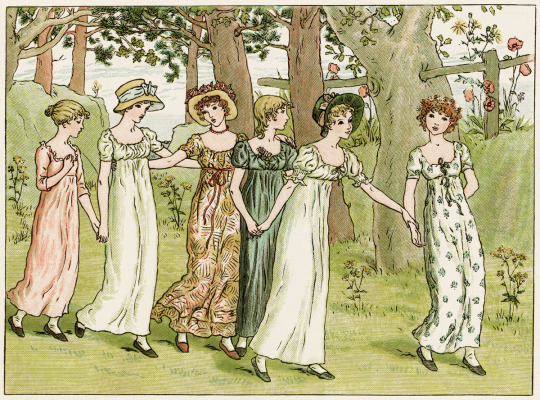
or the ever-popular, satin-tastic paintings of Vittorio Reggianini:
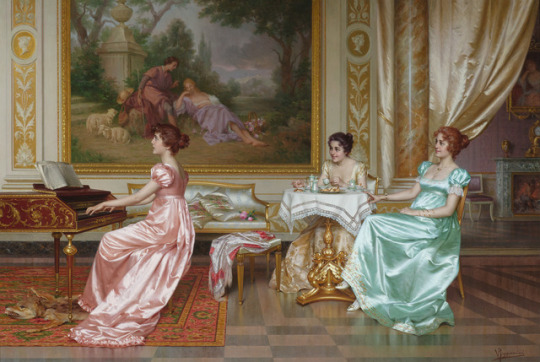
Remember, guys- nobody had ever heard of long sleeves in 1800! Any extant examples thereof are Fake News! Also they all loved 1890s music hall soubrette hair- they told me themselves! (Ribbing aside, these paintings ARE iconic.)
and by the 1910s, moving well out of the Victorian era, similar styles almost seem to be creeping back into fashionable women's clothing:
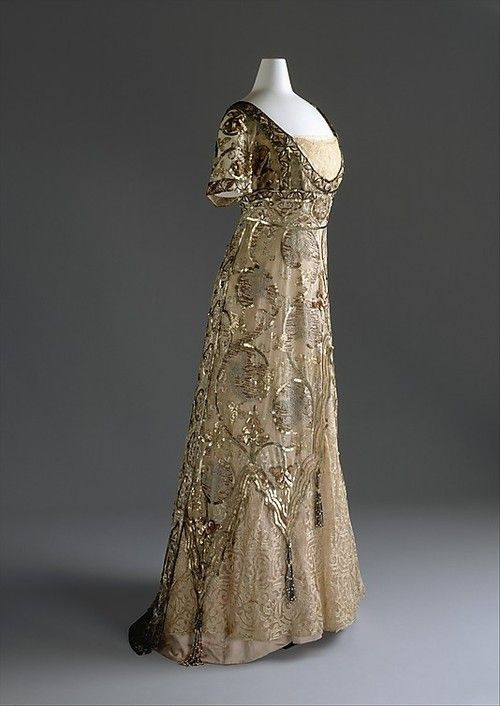
(Evening gown c. 1910-14, Callot Soeurs. Met Museum collection.)
but yes, there definitely was a long period of Regency Disfavor going on before then!
183 notes
·
View notes
Text
Trains Down South, 10/23/24: CNW X11989 (part 2)
After the disappointment at Henderson Station, I continued on to Mankato. Northern Mankato, specifically. But not the town of North Mankato.
While looking for a spot to launch my drone, I happened across this beautiful Jordan spreader. I knew they were parked in this spot from time to time, but satellite imagery hadn't shown one here in a while.

Jordan spreaders are real multi-purpose machines. The design came about in 1890, and they were originally used for shaping ballast around track beds. These were made out of wood and weren't good for much other than light work, but the switch to steel around 1910 really made things take off. All of a sudden, spreaders were being used to excavate ditches, clear brush, and most importantly: move snow.


Snow clearance is by far the most common use for spreaders nowadays, although they do see some occasional use in roadbed maintenance. X11989 was originally fitted with a much smaller front plow, visible on the lower part of the machine's front. The big winged plow was bolted on at a later date and can be removed. Ironically, this machine which wasn't designed to move snow is one of the C&NW's most normal plow designs. They did have a few actual plows, but most of their snow-moving fleet was comprised of big plows grafted onto gondolas, steam locomotive fuel tenders, and even diesel locomotive bodies.

The big plow's nice and all, but the most important parts of the spreader are the spready bits, called wings. Each side has two sets: a smaller two-segment wing directly behind the front plow, and the massive three-segment wing on the side. Each segment can be moved individually for precise placement of whatever is being spread. The wings & front plow are moved with massive pneumatic cylinders, with air provided by a diesel generator mounted at the rear.


Some people say good things don't last, and the spreader spits in their face. X11989 was built in 1980, an entire human lifetime after the design was first patented. And they're still being made! Special order only, though. Modern road diesels are powerful & heavy enough to punch through snow that would have previously required a plow to clear. Despite this, it's impossible to truly triumph over nature, and large snow drifts can & do still make lines impassible from time to time.


Speaking of timeless things, check out the rail it was sitting on! Sticks of rail from the 19th century can still be found scattered around, but they are slowly disappearing.
13 notes
·
View notes
Photo

Crows on a Tree Trunk (Meiji Period, c.1890-1910) by Ogata Gekko (colour woodblock print)
#art#artwork#kunst#kunstwerk#ogata gekko#artist#künstler#asian art#asiatische kunst#nature#natur#flora and fauna#plants#pflanzen#tree#baum#branch#ast#tree trunk#baumstamm#leaves#blätter#animals#tiere#birds#vögel#crows#krähen#sun#sonne
14 notes
·
View notes
Text
For #InternationalRespectForChickensDay 🐓:


Two pieces from The Trout Gallery of Dickinson College’s “Memory and Modernity: Modern Japanese Woodblock Prints of the Natural World” show (2023):
1. Ito Sözan (1884-19??)
Family of Chickens, c.1910s
2. Katsushika Hokusai (1760-1849)
Katsushika shinso gafu, Vol. 1, 1890
#animals in art#animal holiday#20th century art#museum visit#19th century art#bird#birds#birds in art#Japanese art#East Asian art#Asian art#print#woodblock print#ukiyo e#Hokusai#Trout Gallery#exhibition#chicken#chickens#International Respect for Chickens Day#Ito Sözan
25 notes
·
View notes
Text
Cobden Flats, Chicago

1892, Charles Sumner Frost, architect
418-424 W. Belden Ave. / 2300 N. Clark St., Chicago
Source: Inland Architect, vol. 20, no. 1, August, 1892; Ryerson and Burnham Libraries, Art Institute of Chicago

Charles Sumner Frost (1856-1931) in 1920
From 1882 to 1889, Frost and Henry Ives Cobb (1859-1931) were partners in the architectural firm of Cobb and Frost in Chicago. The firm was dissolved in 1889 when Cobb began designs for the Newberry Library. Their most famous building was the Palmer Mansion, designed for Chicago industrialist Potter Palmer.
Among the works by Cobb and Frost were:
Palmer Mansion, 1882
Chicago & North Western Railway Station, Oshkosh, Wisconsin, 1884[2]
Chicago Opera House, 1884-5
Chicago & Alton Railway Station, Dwight, Illinois, 1885[3]
Cable House, 1886
Chicago & North Western Railway Station, Kenosha, Wisconsin, 1887[2]
Harriet F. Rees House, 1888
Dearborn Observatory, 1888
Union Depot, 201 South Main Street, Leavenworth, Kansas, 1888[4]
Chicago & North Western Railway Station, Wheaton, Illinois
Source: Wikipedia
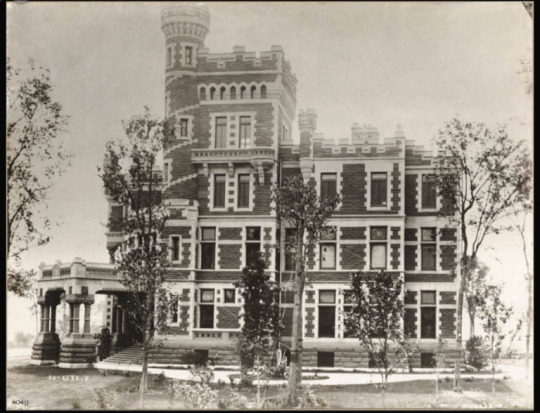

Two works of Cobb and Frost: the Palmer Castle (left) and an interior of the Union Club (right)
On January 1, 1898, Sumner Frost Frost partnered with his brother-in-law, Alfred Hoyt Granger, to form the firm of Frost and Granger; together, they were known for their designs of train stations and terminals, including the now-demolished Chicago and North Western Terminal. Frost designed 127 buildings for the Chicago and North Western Railroad alone. After Frost and Granger dissolved in 1910, and Frost continued to work independently, designing such structures as the Navy Pier Auditorium in Chicago. Source: Wikipedia

Source: Chuckman's Photos on Wordpress; postcard c. 1910

Cobden Flats, intersection of Clark and Belden, postcard 1908

View at Clark and Belden
The Cobden is greatly influenced by the Richardsonian-Romanesque style which was prevalent among young architects in the 1880’s and 1890’s before the onset of the Beaux-Arts revival. Adapted to a residential-commercial street in a middle class neighborhood outside Downtown Chicago, The Cobden shows the characteristics associated with the Richardsonian Romanesque style. These include clear, strong picturesque massing, round-headed arches, clusters of short squat columns, recessed entrances, richly varied rustication, blank stretches of walling contrasting with bands of windows, and cylindrical towers with conical caps embedded in the walling. John P. Walsh, CORRIDORS: An Educational Website in the Arts and History.
My photographs:



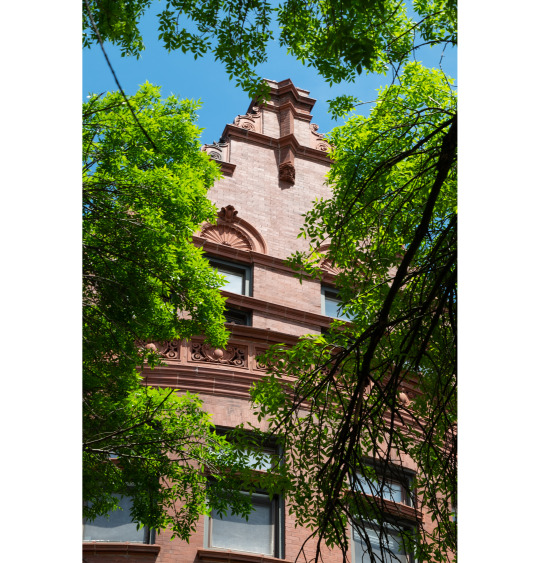



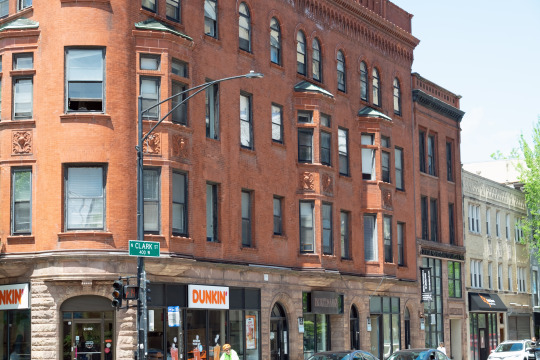
The Cobden building is now part of the Chicago Landmarks Mid-North District. "Later [post-1880s] high-quality buildings, such as the Cobden Apartments and the Classical Revival Benson Apartments, maintain the refined designs and craftsmanship similar to other buildings in the district." (From the website)
Sources:
Architect Charles Sumner Frost
Chicago Landmarks Mid-North District
John P. Walsh, CORRIDORS: An Educational Website in the Arts and History.
Chicago Magazine - The Legacy of Cobb and Frost
#-Cobden#Flats#apartment#Frost#Charles S. Frost#Chicago#architecture#mid north#Clark St.#Richardsonian#romanesque
2 notes
·
View notes
Text

Mikhail Vrubel (1856–1910) - Demon and angel with Tamara's soul, c. 1890s
illustration for Mikhail Lermontov's poem 'The Demon'
#mikhail vrubel#demon and angel with tamara's soul#the demon#mikhail lermontov#19th century art#19th century#symbolism#mysticism#occult#gothic#horror art#dark art#art#illustration#watercolor
100 notes
·
View notes
Text

Bodice
c. 1890-1910
Grand Rapids Public Museum
#bodice#Edwardian#fashion history#historical fashion#history of fashion#historical clothing#black#frostedmagnolias
99 notes
·
View notes